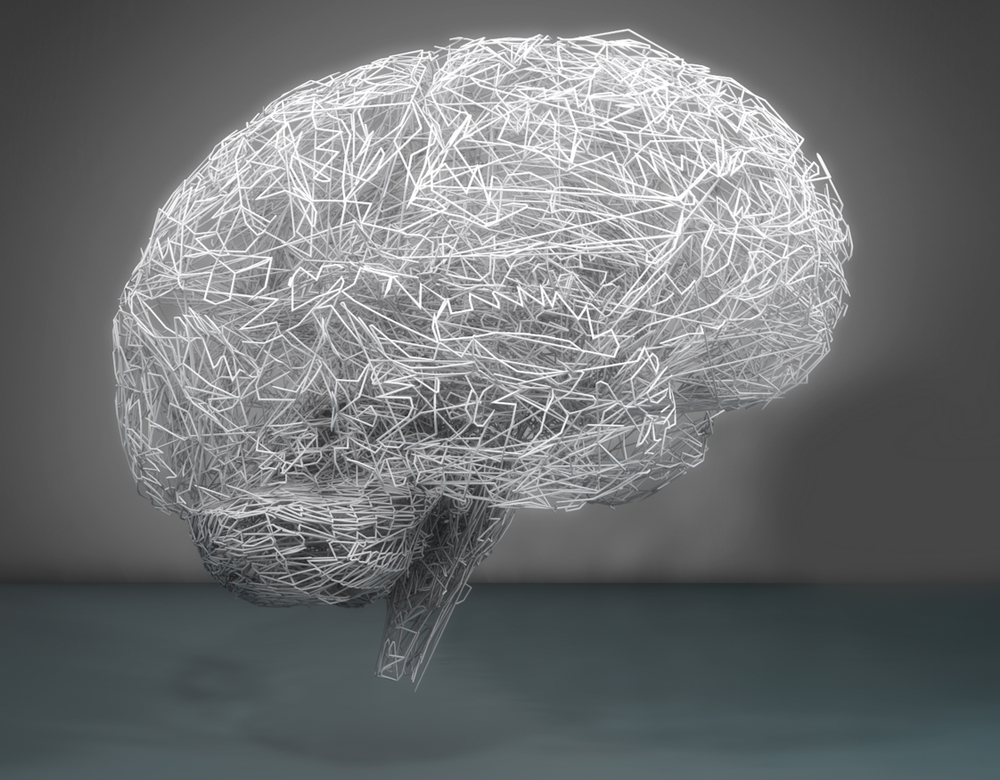
Physiologically, human adolescents are late bloomers on many fronts: learning to walk, providing and preparing their own food, and reproducing sexually. And this is especially true of the development process in our heads.
Even after a young adult has finished growing, perhaps married, or declared independence by most social standards, his or her brain usually continues to develop—until it reaches its mid to late 20s.
Adolescence actually spans from age 10 to at least age 24, according to some definitions.
Interestingly, the actual volume and size of the brain usually reaches its full mass in early adolescence. But key regions and connections need more time and experience to gradually take shape and mature.
Read more: Compared to Neanderthals, human brain growth is slow and steady
The prefrontal cortex is the last to develop
In particular, the prefrontal cortex towards the front of the brain receives “remodeled” during adolescence, according to some brain experts. This thought center is responsible for judgments, reasoning and impulse control.
Before this happens, younger adolescents tend to primarily navigate the world with the amygdala and limbic systemwhich develops earlier and is associated with emotional behavior and survival mechanisms such as the fight or flight response.
(Credit: Macrovector/Shutterstock)
One neuroscientist, Sarah McKay, has described this as a type of neurological “mismatch” in the developmental years. Adolescence brings about a “significant neurological transition,” she said in blog post outlining key changes that occur in the teenage brain.
Namely, stronger connections with the prefrontal cortex gradually begin to form. However, the exact time and process of development varies from person to person.
This process explains why certain childhood behaviors are often attributed to the still-developing brain. And this neurological reality correlates with society’s age restrictions on things like drinking alcohol, smoking cigarettes, and renting a car.
Comparing the brain to the outside world
Angela Griffin, a neuropsychologist at Southampton Children’s Hospital in the UK, describes the prefrontal cortex this way in 2017 review in Healthcare: “One of the key purposes of the prefrontal cortex is to acquire skills for reconciling internal emotional states with the demands of external reality.”
Griffin’s review explains that during the teenage years, the brain’s connections between the hippocampus and frontal areas strengthen, allowing youngsters to gradually become better at integrating memory and experience into decision-making.
Or like a 2010 study in other words, cognitive control hones “the ability to resist temptation in favor of long-term goals.”
This research, published in Journal of the American Academy of Child and Adolescent Psychiatry, also highlighted how risky behavior can be beneficial for brain development.
However, the challenge is to avoid risks and behaviors that create significant or long-term negative consequences – such as substance abuse and addiction. This is where the guidance and influence of parents or guardians can play an important role for children and teenagers.
Read more: Adolescent substance abuse can affect brain development
Other studies shows that peer social interaction is particularly important for crucial functions in brain development, self-esteem building, and mental health during the preadolescent and teenage years.
Considering this fact, Stanford researchers revealed in December that the COVID-19 pandemic appears to have led to poorer mental health as well as accelerated brain aging in adolescents.
Their preliminary findingsstill pending peer review, show that adolescents assessed after the pandemic stopped “not only had more severe internalizing mental health problems, but also had reduced cortical thickness, larger hippocampal and amygdala volumes, and more advanced brain age’.
The exact implications and effects of this remain unclear until further research is conducted.
Decoding the aging brain
As for the slow pace of human brain development, one Vanderbilt University researcher, Susanna Herculano-Housel, recently demonstrated why humans need more time than all other animals, including primates.
It is likely due to the excessive number of neurons that the human brain contains in the cerebral cortex, according to The Herculano-Houzel studies.
Her work helped illustrate that, among warm-blooded species, life expectancy, as well as the length of time it takes for the brain to develop, correlates closely with the number of neurons in the cerebral cortex. For example, this means that while an elephant’s brain is larger than a human brain, and contains more neurons overallthe concentration of neurons in the cerebral cortex remains higher in humans.
In general, this means a more complex brain system. “It makes sense that the more neurons you have in the cerebral cortex, the longer it should take a species to reach the point where it is not only physiologically mature, but also mentally capable of being independent,” explains Herculano- Housel in Vanderbilt Research News.
Incidentally, and surprisingly to many people, within a decade of the full development of the human brain begins to shrink — often after a person turns 30. And by the time they reach 60, the rate of shrinkage has increased even more.
Suffice it to say that the brain develops and ages in dynamic ways that we are only beginning to understand.

